

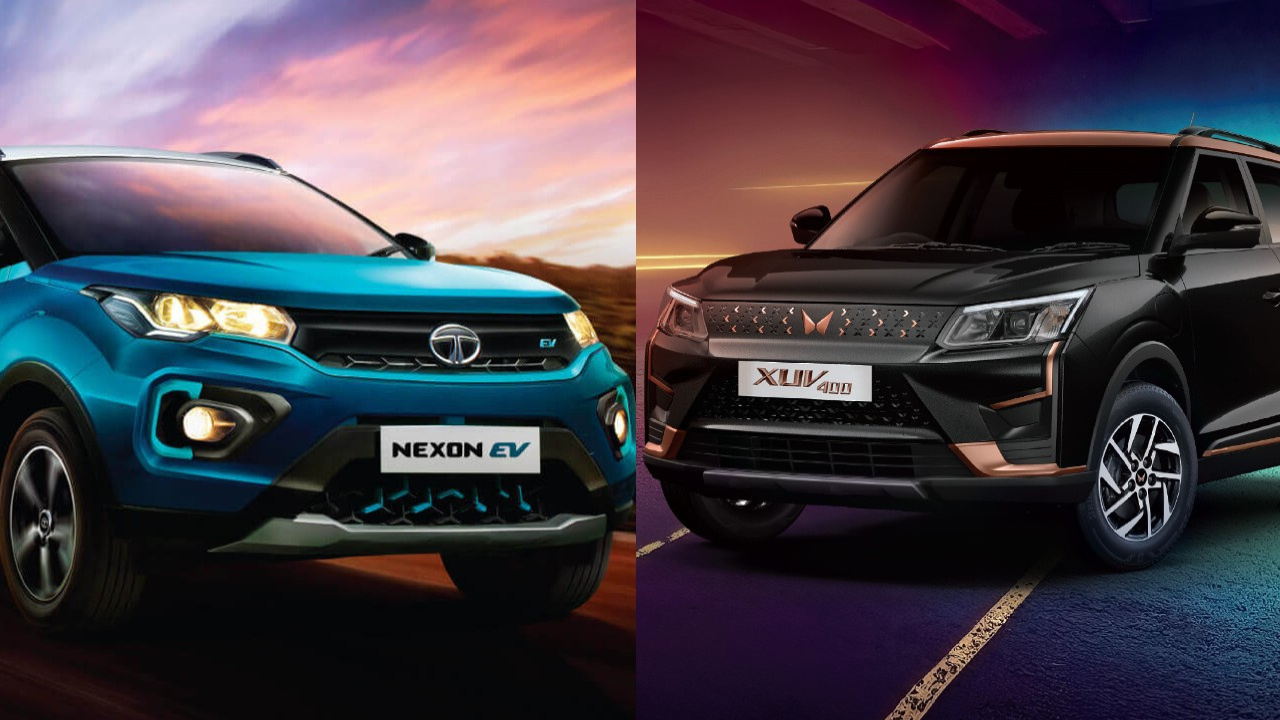
The Indian SUV market is facing a slowdown as top players Maruti Suzuki and Hyundai report a drop in sales for the month of August. In an attempt to boost demand and stay competitive, Tata Motors and Mahindra have both reduced prices on their SUV models. However, Tata Motors continues to hold a positive outlook on the future of electric vehicles, launching its latest model, the Curvv EVA. According to the company, the Indian passenger vehicle market is expected to reach 60 lakh units by 2030, highlighting the potential for growth and innovation within the industry.
Tata Motors' CURVV EVA Electric SUV: A Catalyst for Growth and Innovation in India's Automotive Market
Background
The Indian automotive industry has been experiencing a downturn in recent months, with top players such as Maruti Suzuki and Hyundai reporting a decline in sales. To counter this trend, Tata Motors and Mahindra have both reduced prices on their SUV models. However, Tata Motors maintains an optimistic outlook, citing the growing potential of electric vehicles in India.
Tata C U R V V EVA
In line with its EV strategy, Tata Motors recently launched the Curvv EVA, its latest electric SUV. The company believes that the Curvv EVA will play a significant role in driving the adoption of electric vehicles in India. The SUV is equipped with a powerful electric motor and has a range of up to 400 kilometers on a single charge.
Market Outlook
According to Tata Motors, the Indian passenger vehicle market is expected to reach 60 lakh units by 2030. This growth is driven by factors such as increasing disposable income, a growing middle class, and the government's push towards electric vehicles.
Top 5 FAQs
1. What is the price of the Tata Curvv EVA? The price of the Tata Curvv EVA has not yet been announced.
2. What is the range of the Tata Curvv EVA? The Tata Curvv EVA has a range of up to 400 kilometers on a single charge.
3. When will the Tata Curvv EVA be launched? The launch date of the Tata Curvv EVA has not yet been announced.
4. What is the expected growth rate of the Indian passenger vehicle market? The Indian passenger vehicle market is expected to grow at a CAGR of around 9% over the next few years.
5. What are the key factors driving the growth of the Indian passenger vehicle market? The key factors driving the growth of the Indian passenger vehicle market include increasing disposable income, a growing middle class, and the government's push towards electric vehicles.
Conclusion
The launch of the Tata Curvv EVA is a significant development in the Indian automotive industry. It underscores Tata Motors' commitment to electric vehicles and its belief in the growth potential of the Indian passenger vehicle market. The Curvv EVA is expected to be a major driver of electric vehicle adoption in India and contribute to the country's transition towards a more sustainable transportation system.
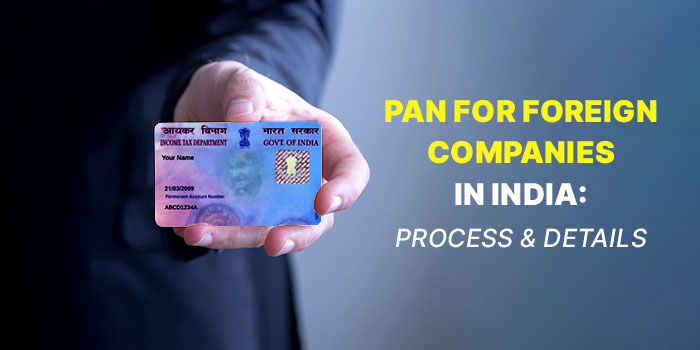
The Cabinet Committee on Economic Affairs has granted approval for the PAN 2.0 project, a modernization effort by the Income Tax Department to simplify and improve the process of managing PAN and TAN. With a budget of Rs 1,435 crore, the project aims to consolidate multiple services, portals, and platforms into a single, user-friendly portal. This upgrade will also include a QR code and enhanced cybersecurity measures for better data protection. The goal is to make taxation processes more efficient and effective for taxpayers.
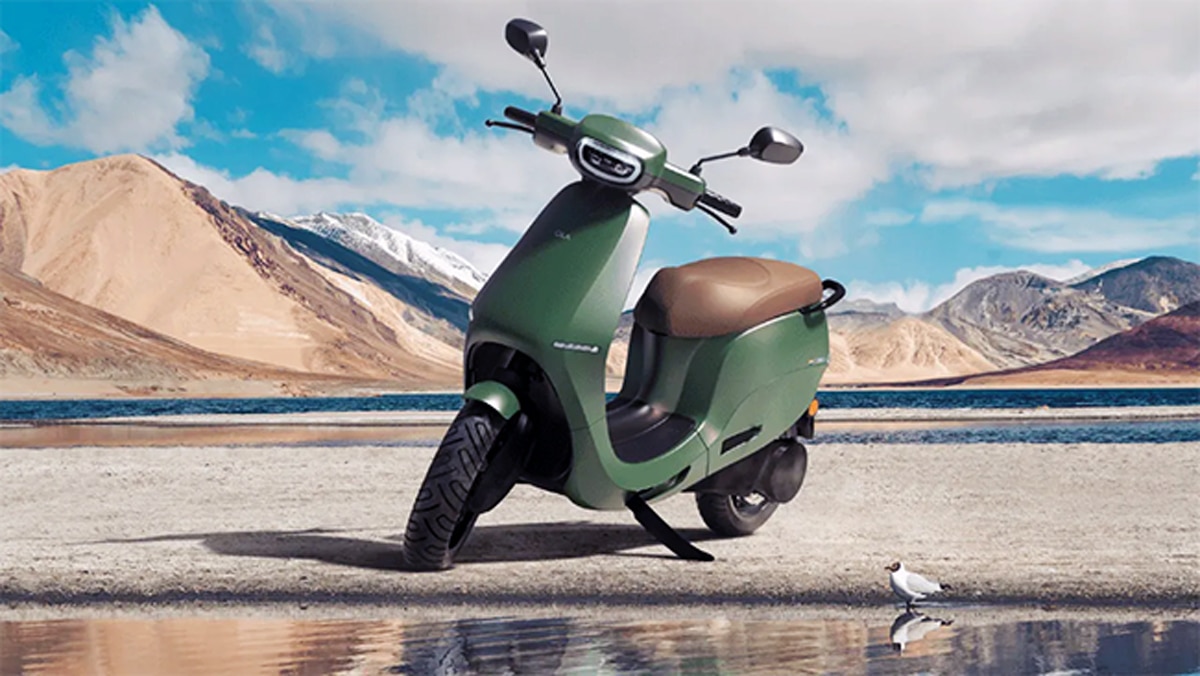
Bengaluru-based Ola Electric has expanded its portfolio with the launch of four new electric scooters, including a budget-friendly option for gig workers. With prices ranging from Rs 39,999 to Rs 64,999, the new models offer different features and ranges to cater to different needs. Ola has also introduced a portable battery inverter for home use.
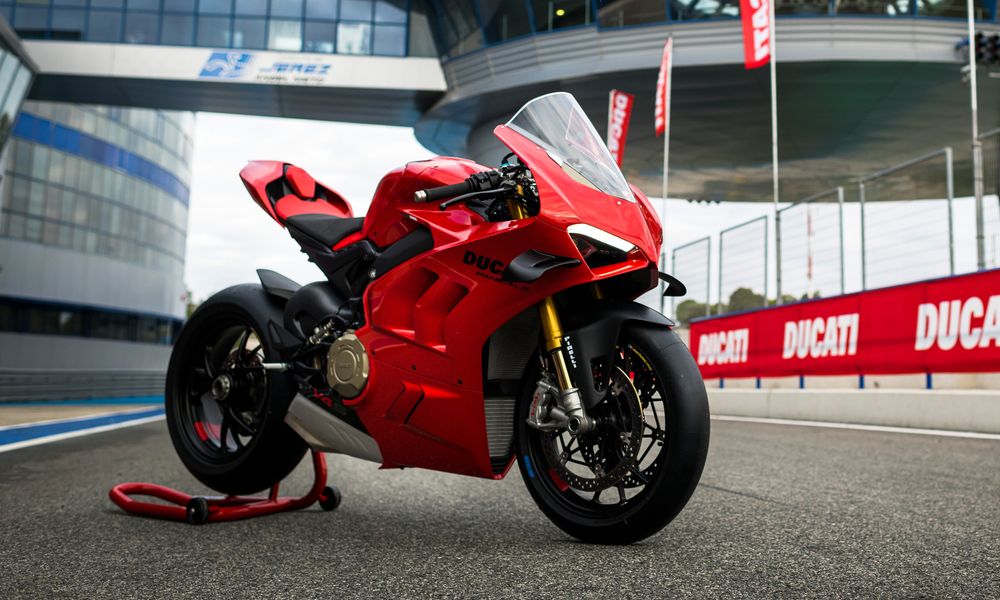
Italian motorcycle brand Ducati has announced that it will be raising the prices of some of its models from January 2022. The company cites increased operational costs, driven by inflation and commodity prices, as the reason for the price hike. While the brand has not yet disclosed which models will be affected, it is expected that popular models will see a marginal increase while slower-selling ones may keep their current prices. The price increase is set to take effect on January 1st next year.
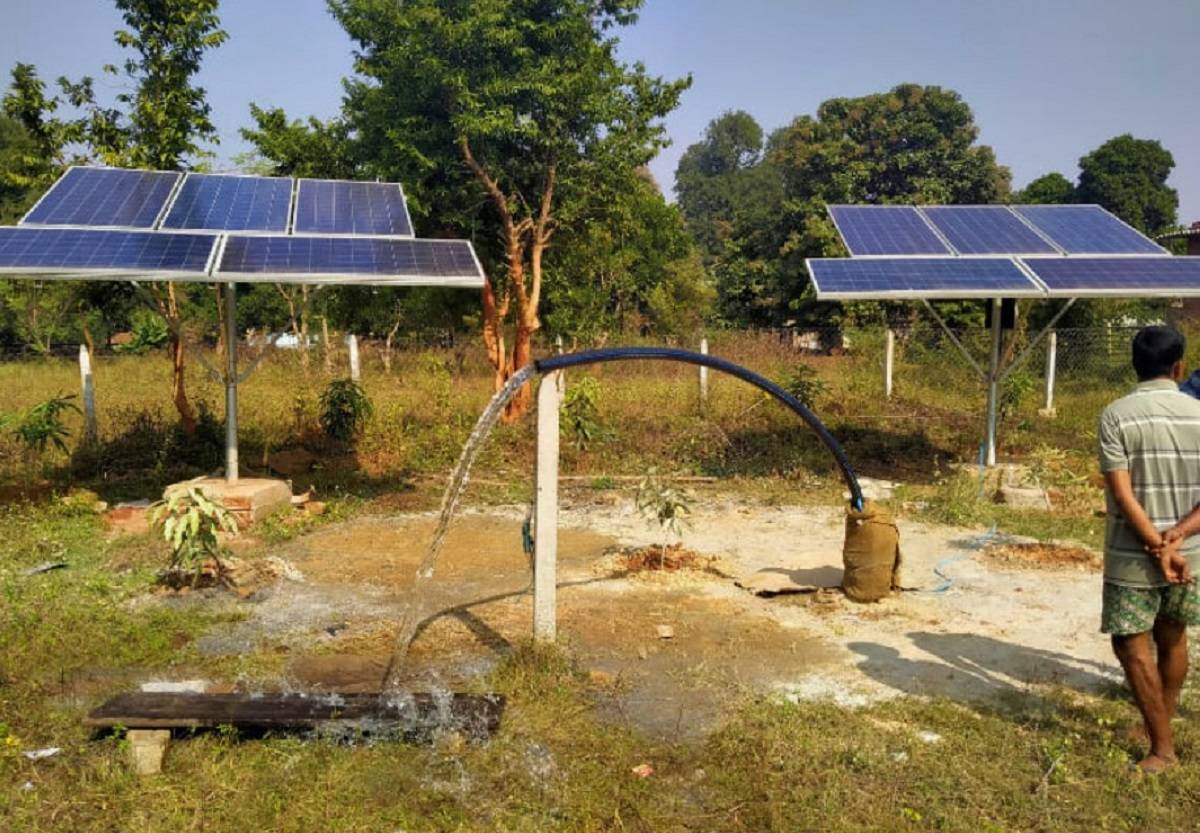
In an effort to promote sustainable agriculture and reduce farmers' electricity and diesel expenses, the government has launched the PM Kusum Scheme which provides free agricultural pumps to farmers. Experts suggest crowd-financed loans as a viable option for farmers to obtain solar-powered pumps which have long-term benefits. With the central government setting a target for Haryana to install 22,000 solar pumps, applicants can avail of up to 75% subsidy for irrigation.

Mahindra, a prominent carmaker, is set to launch its first ever battery electric vehicles - BE 6e and XEV 9e - in early 2025. These SUVs are built on Mahindra's INGLO platform, specifically designed for electric vehicles. The BE 6e is a sporty coupe with rugged features, while the XEV 9e has an "SUV coupe" appearance. These vehicles are expected to compete with other popular electric cars in the market. The starting prices for BE 6e and XEV 9e are around Rs 18.90 lakh and Rs 21.90 lakh respectively (ex-showroom).
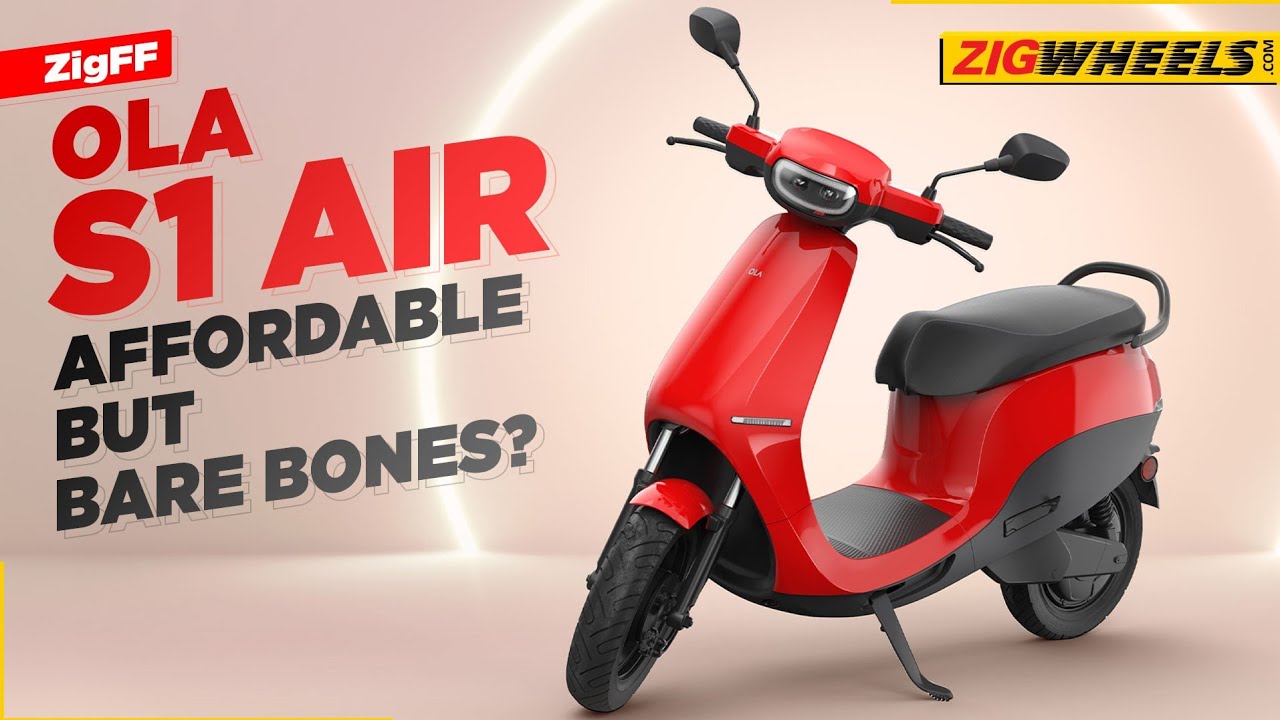
Ola Electric, one of the leading electric scooter manufacturers in India, has announced its entry into the commercial segment with the launch of its 'Gig' range of scooters. These affordable electric scooters, starting at Rs 39,999, specifically target gig workers who are looking for sustainable and convenient transportation options. The company has also launched a personal-use electric scooter, the S1 Z, priced at Rs 59,999, which is aimed at urban commuters. This move by Ola Electric marks their continued efforts to promote eco-friendly and accessible transportation solutions in the Indian market.
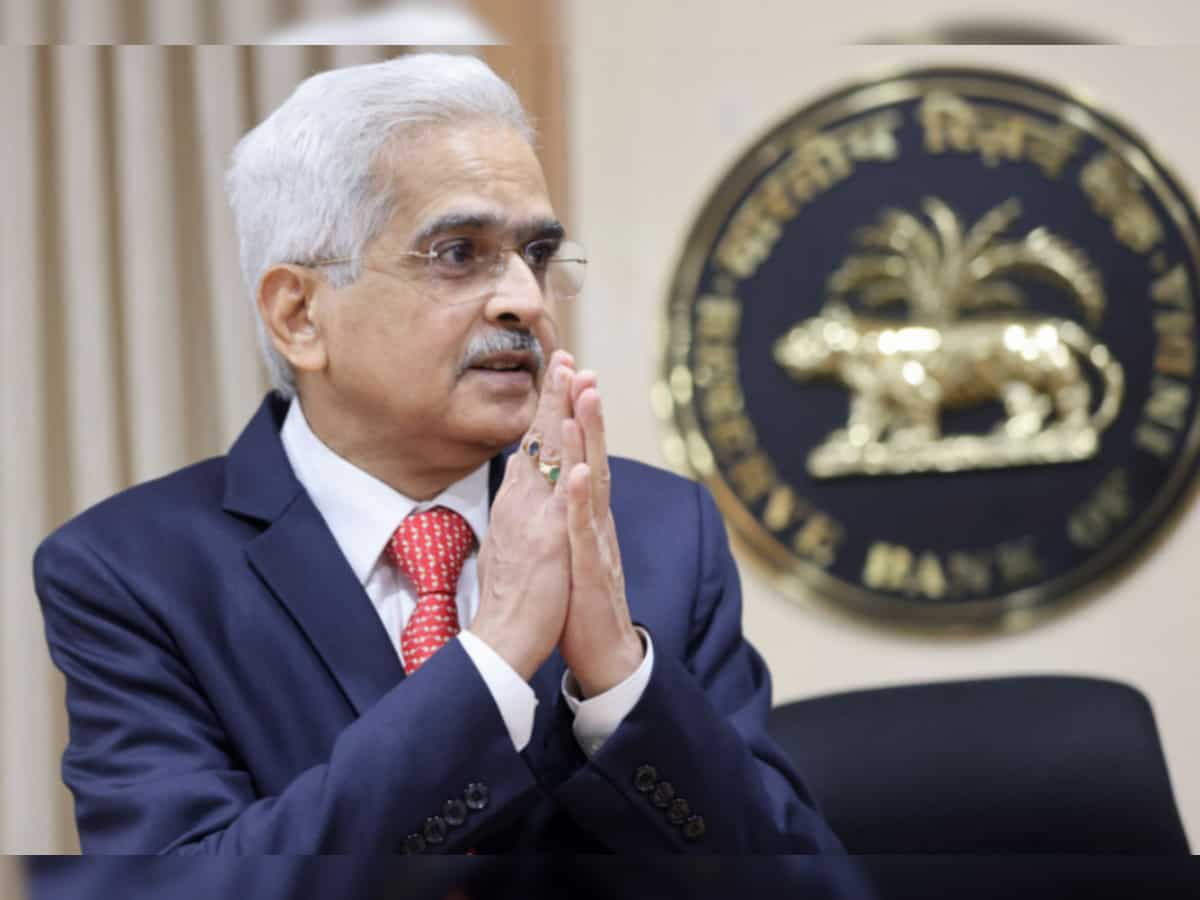
In recent years, Reserve Bank of India Governor Shaktikanta Das has been recognized as the top central banker, achieving the feat for the second time. However, with India's economy facing challenges such as inflation and slow growth, Das has emphasized the need for careful consideration when striking a balance between promoting growth and maintaining price stability. In addition, the governor has called for banks to embrace artificial intelligence as a means of enhancing their operations and staying competitive. Further, Das has assured the public that the RBI is closely monitoring the markets and taking necessary action to ensure stability.

The Securities and Exchange Board of India (Sebi) has approved 'light-touch' rules for passive mutual funds, which will make it easier for funds to be launched and traded on stock exchanges. This move will give mutual fund firms more flexibility and boost competition in the industry. Sebi has also proposed raising the investment limit for angel funds to Rs 50 crore and introduced new rules for insider trading in mutual funds, which will be effective from Nov 1, 2024. In addition, the ED has seized foreign assets belonging to Axis Mutual Fund in a front running case, while Sebi has also introduced new valuation regulations for mutual funds.

UK-based security and surveillance technology company, Synectics, has secured two major contracts totaling £2.3M in the oil and gas sector. These contracts will see Synectics' advanced COEX camera station technology deployed in Qatar's Al-Shaheen oil field and on a Floating Production Storage and Offloading vessel in Brazil. These contracts highlight Synectics' expertise and leadership in providing security solutions for critical infrastructure and showcase their ongoing collaboration with North Oil Company. The systems will play a vital role in ensuring the safety and security of personnel and assets in both projects.
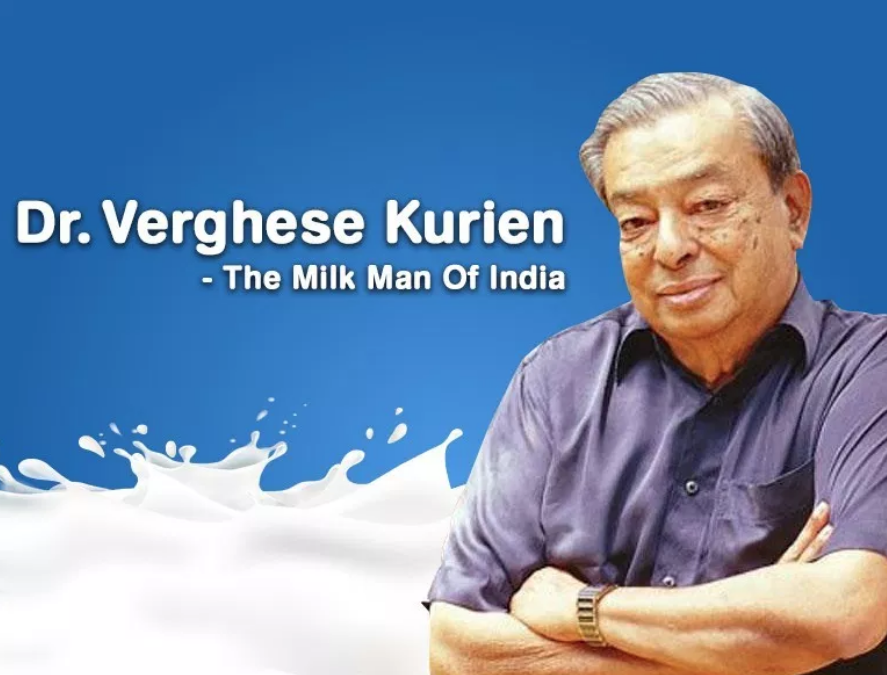
On November 26, India celebrates National Milk Day in honor of Dr. Verghese Kurien's birth anniversary. Known as the "The Milkman of India," Kurien's contributions led to India becoming the largest milk producer in the world. Through the establishment of dairy cooperatives, Kurien helped farmers combat exploitation and connect directly with consumers, leading to the success of the Amul brand and the growth of the dairy industry in India. Let's remember and celebrate the visionary who made India self-reliant in milk production.